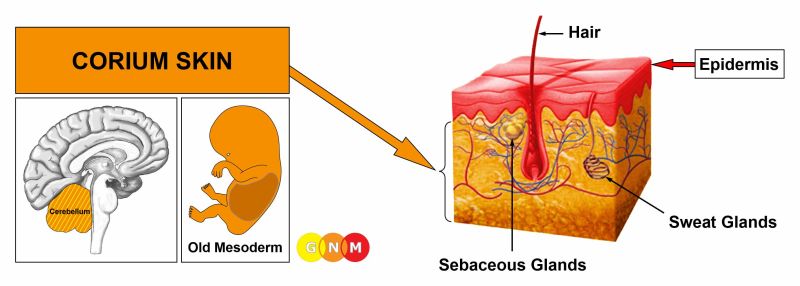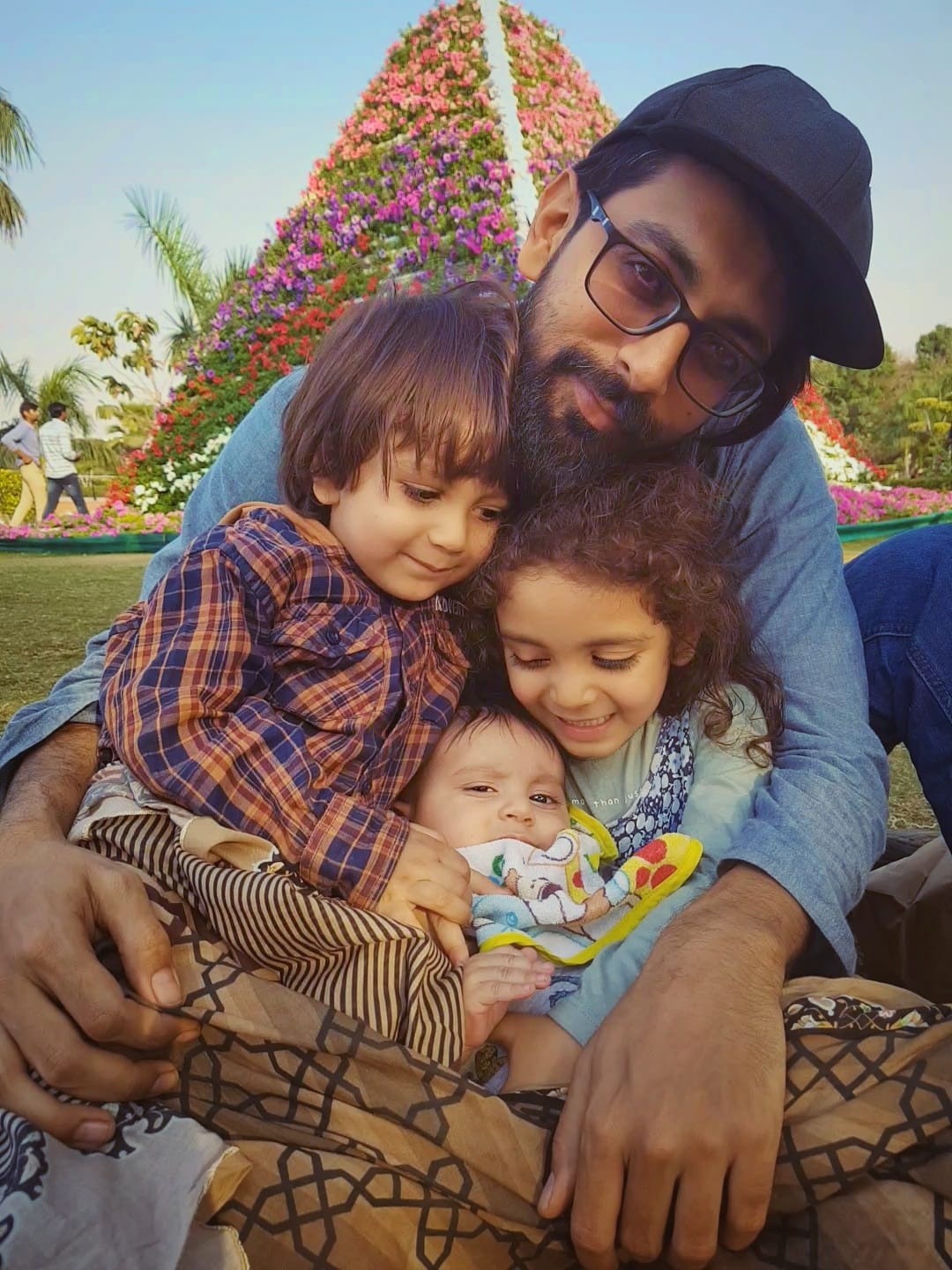In Germanic Healing Knowledge (GHK), skin lesions are understood as part of a biologically meaningful program involving the epidermis — the outer layer of the skin. These programs are not seen as “malfunctions” or “infections” but as purposeful responses to specific emotional conflicts.

🧠 Tissue Involved
- Epidermis (ectodermal origin)
- Controlled from the sensory cortex of the brain
🔍 Biological Conflict Behind Skin Lesions
→ Separation Conflict
A skin lesion typically results from a conflict involving unwanted separation or painful loss of contact, such as:
- “I was torn away from someone I love”
- “I want to separate from someone who is touching me”
- “I miss their touch” or “I don’t want them to touch me”
These may be literal or symbolic separations — not necessarily physical touch but even emotional distance or rejection.
🔄 Phases in GHK Understanding
1. 🧊 Conflict-Active Phase:
- The skin becomes dry, cold, numb, pale, or flaky
- This is the body’s way of reducing sensitivity in the area of emotional pain
- It’s usually not visible as lesions yet
2. 🔥 Healing Phase (after resolution):
- The skin starts to rebuild → this shows up as:
- Inflammation
- Redness
- Blisters
- Crusting
- Ulcers
- Oozing wounds or raw patches
These are often diagnosed as eczema, dermatitis, fungal infections, or skin lesions depending on appearance.
- Itching is a classic sign of this healing phase
- If the person relapses into the conflict, this causes chronic lesions (hanging healing)
🎯 Meaning of Location on the Body
- Left side = mother/child conflict (for right-handed individuals)
- Right side = partner/others
- The specific location can also hold symbolic meaning — e.g., hands (touch), face (identity), feet (movement)
🔁 Recurring Skin Lesions?
A person might:
- Be repeatedly reminded of the original separation conflict
- Face ongoing emotional disconnection or unhealed grief
- Feel trapped in unwanted contact (e.g., child not wanting to be held by a particular adult)
✅ GHK-Based Resolution Steps
- Identify: “When did the lesion first appear?”
- Track: “Was there an emotional separation, loss of touch, or rejection at that time?”
- Ask: “Do I still feel that separation now, or is the situation different?”
- Affirm: “I allow this healing to complete. I am safe now.”
- Remove triggers or reminders if the conflict is repeating

